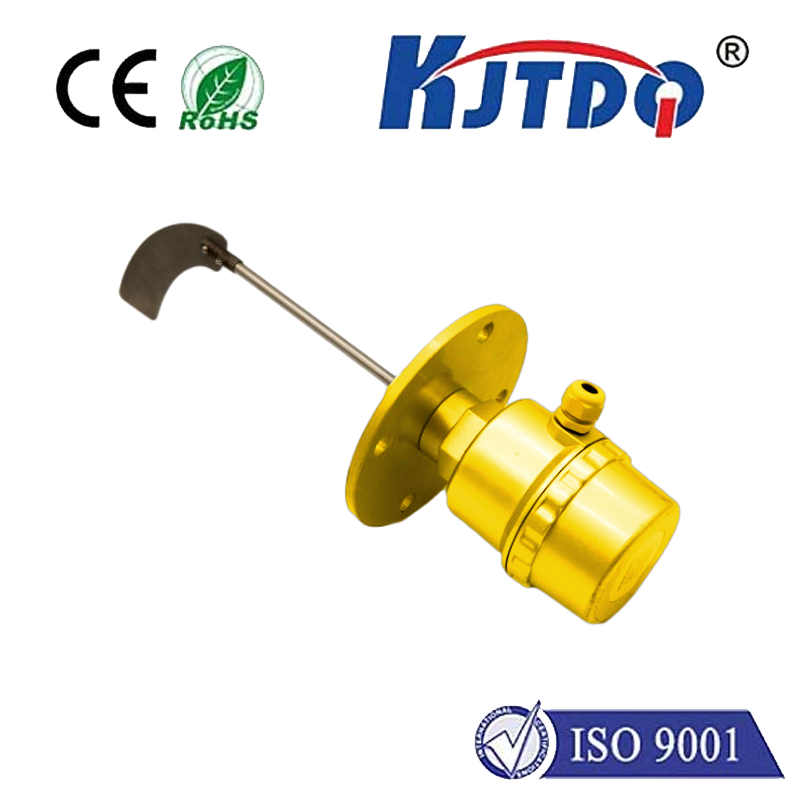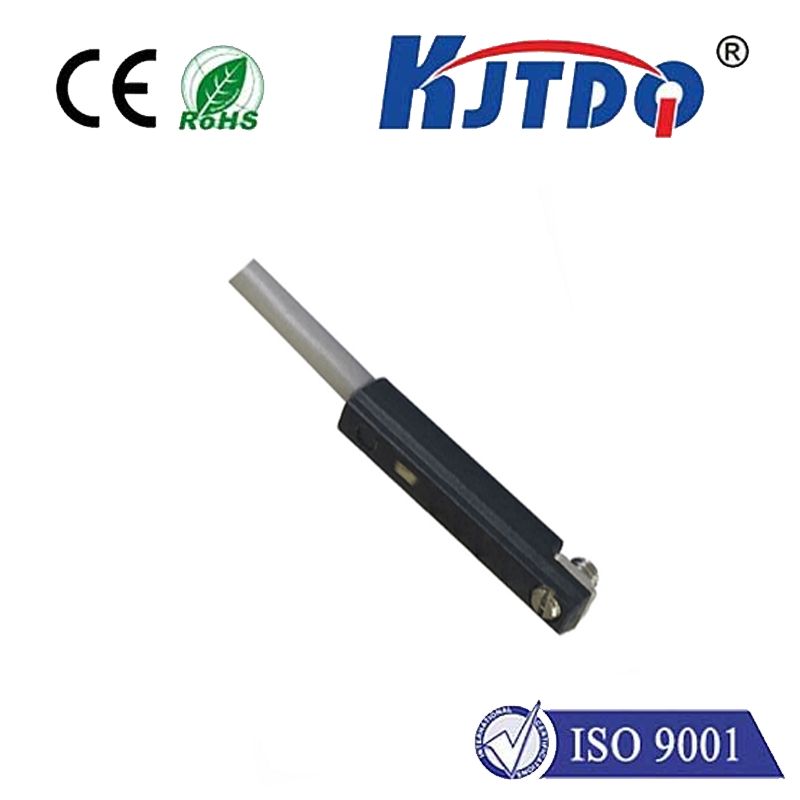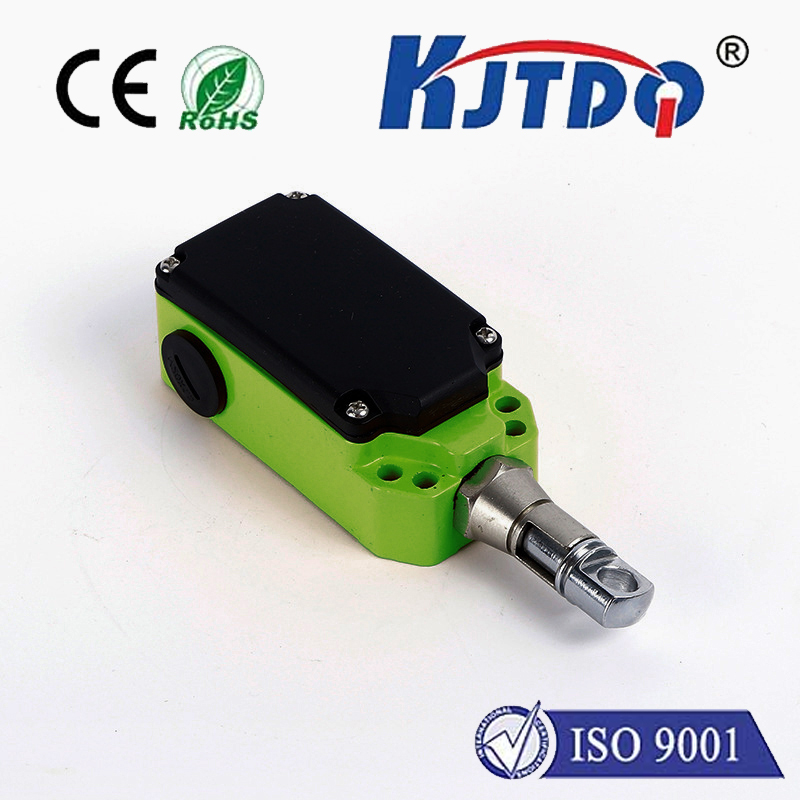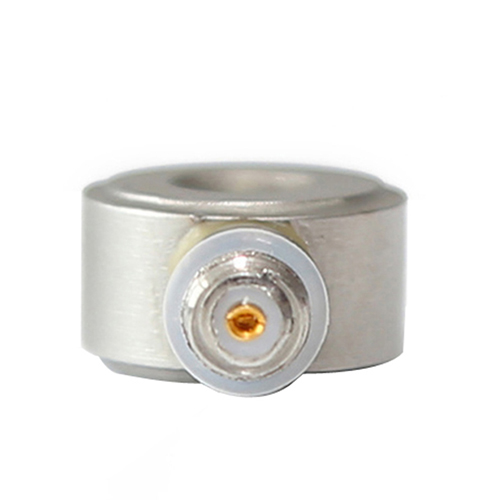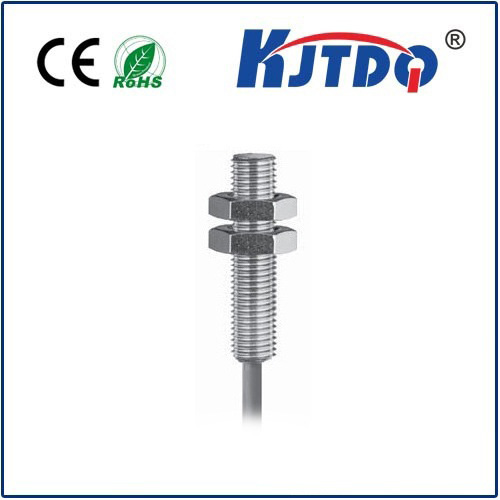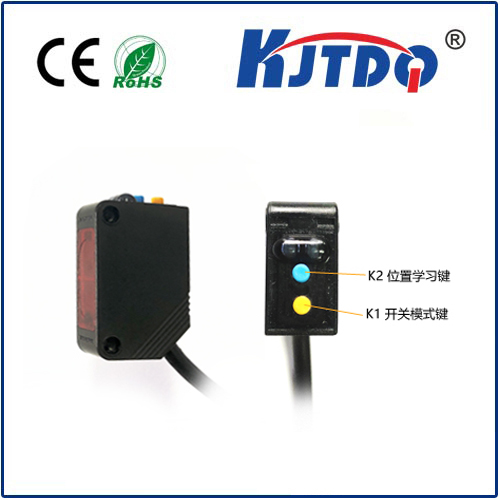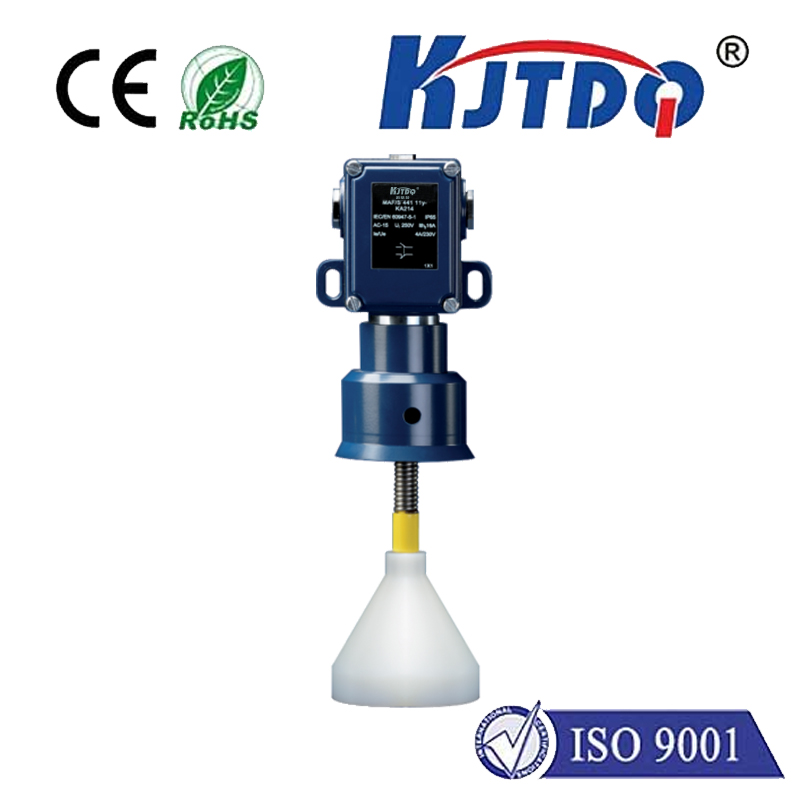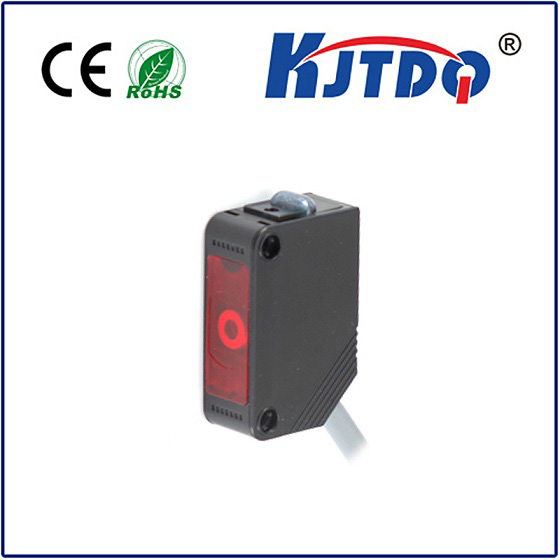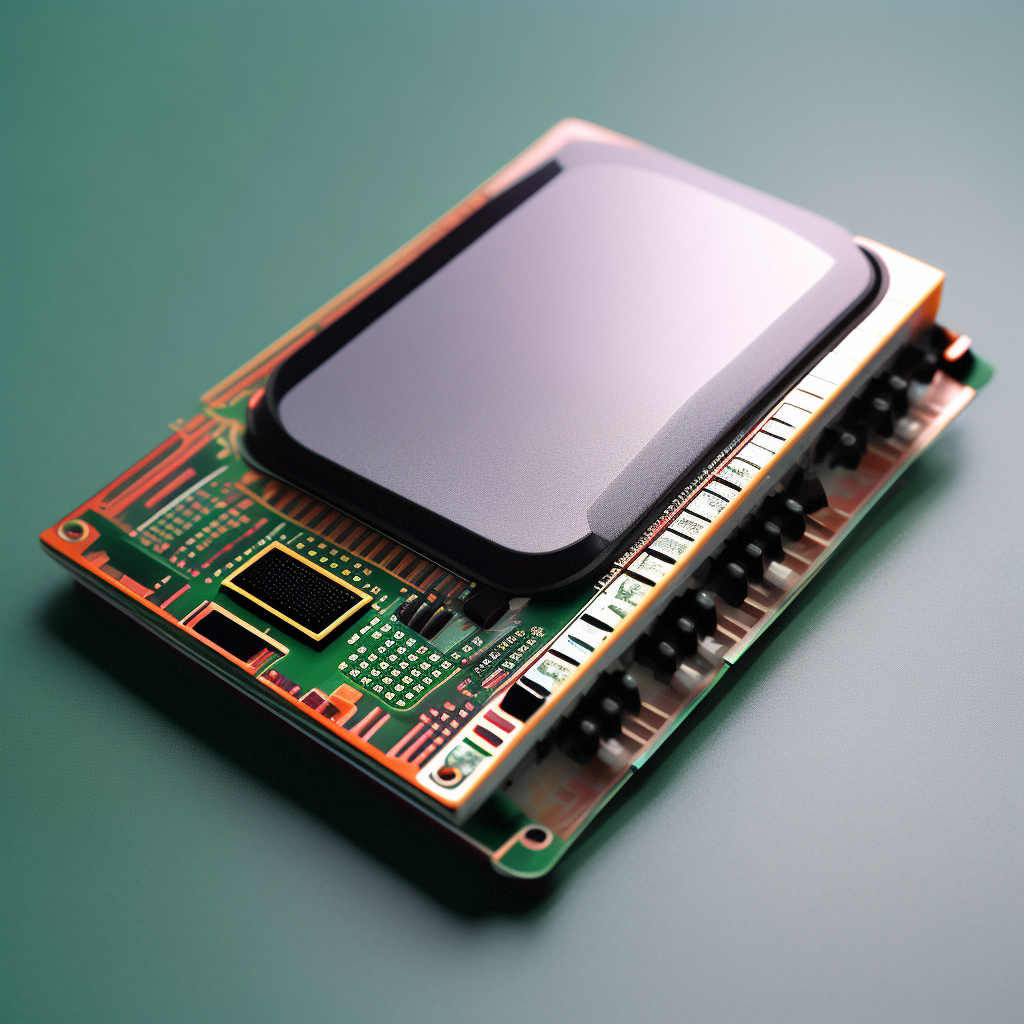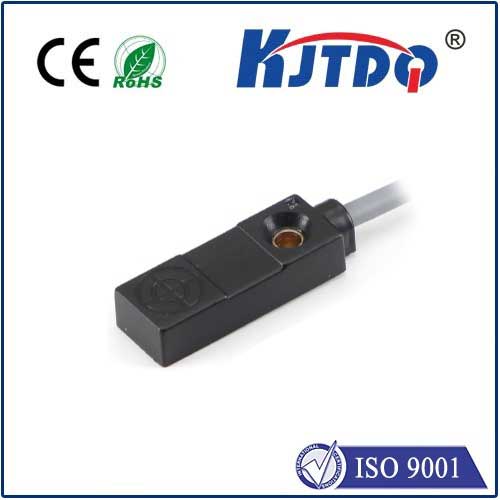BES01PK high pressure proximity sensor
- time:2025-10-13 19:39:06
- Click:0
Uncompromising Detection: Mastering High Pressure Zones with the BES01PK Proximity Sensor
Imagine a critical hydraulic system powering heavy machinery. Deep within its pressurized core, millimeters matter. A component shifts, a valve actuates – precise, reliable position sensing isn’t just beneficial; it’s paramount for safety and efficiency. Yet, standard sensors crumble under extreme pressures, succumbing to deformation, seal failure, or signal loss. This is the demanding frontier where the BES01PK High Pressure Proximity Sensor excels, engineered specifically to deliver unwavering performance where conventional options falter.
The BES01PK isn’t merely a proximity sensor; it’s a robust solution for environments defined by crushing forces. Its name signals its core competency: “High Pressure” isn’t an afterthought, but the defining characteristic shaping its design. Operating reliably within pressure vessels, hydraulic cylinders, pumps, and other high-force mechanisms requires a sensor built to withstand immense stress without compromising detection accuracy. This sensor steps up, offering the inductive sensing reliability the industry trusts, now hardened for the most punishing conditions.

Engineering Resilience: The Core of BES01PK Performance
What enables the BES01PK to thrive under pressures that would disable ordinary sensors? The answer lies in meticulous engineering focused on structural integrity and signal stability:
- Ultra-Robust Housing: Typically constructed from high-grade materials like stainless steel or heavy-duty brass, the sensor body is designed to resist deformation. It’s not just about strength; it’s about maintaining precise dimensional tolerances crucial for sensing accuracy even under load.
- Advanced Sealing Technology: Specialized seals and potting compounds are critical. The BES01PK employs high-pressure rated seals (often O-ring configurations) and often features epoxy-potted electronics. This completely encapsulates the internal circuitry, shielding it from pressure-induced oil ingress or moisture penetration that could cause short circuits or signal drift. This hermetic sealing is vital for long-term reliability.
- Pressure-Balanced Design (Conceptual): While specific implementations vary, the principle often involves design elements that equalize pressure forces acting on critical internal components. This minimizes stress on sensitive parts, reducing the risk of damage or performance degradation over time. Think of it as the sensor “going with the flow” of the pressure, rather than fighting it directly.
- Optimized Sensing Face: The active sensing surface is reinforced and designed to minimize deflection under pressure, ensuring the detection field remains stable and consistent. The sensing distance (Sn) is calibrated reliably for the specific high-pressure environment it’s rated for.
Performance That Withstands the Crush: Key Specifications & Capabilities
The BES01PK translates its robust design into tangible, reliable operation:
- Exceptional Pressure Ratings: This is its defining feature. While specific models vary, BES01PK sensors are commonly rated for pressures ranging from 300 bar (4350 PSI) up to 500 bar (7250 PSI) or even higher, depending on the exact variant and manufacturer specifications. Always consult the specific datasheet for the precise rating.
- Unwavering Inductive Sensing: Utilizing the principle of electromagnetic induction, it detects the presence of ferrous (iron-based) and non-ferrous metal targets (like aluminum or brass) without physical contact. This non-contact operation is crucial in high-pressure zones, eliminating wear and tear and potential leak paths.
- High Switching Frequency: Capable of detecting very rapid movements of targets, often exceeding several hundred Hz. This responsiveness is essential for monitoring fast-moving components within dynamic systems.
- Standard Electrical Outputs: Typically available in NPN or PNP configurations, with NO (Normally Open) or NC (Normally Closed) switching logic, providing compatibility with most industrial PLCs (Programmable Logic Controllers) and control systems. Common output types include 3-wire DC.
- Environmental Toughness: Beyond pressure, these sensors are usually built to endure high temperatures, vibration, and exposure to lubricants, hydraulic fluids, and coolants commonly found in industrial settings. IP67 or IP68/IP69K ingress protection ratings are often standard, safeguarding against dust and water immersion.
Where the BES01PK Makes the Critical Difference: Industrial Applications
The BES01PK’s unique capabilities make it indispensable in sectors where high pressure is operational reality:
- Hydraulic Systems: Monitoring cylinder rod position, valve spool detection, end-of-stroke confirmation in presses, injection molding machines, and heavy construction equipment. Reliable sensing here prevents over-travel and system damage.
- Pumps & Compressors: Detecting piston position, valve plate movement, or shaft rotation within high-pressure pumps and compressors used in oil & gas, chemical processing, and power generation.
- Die Casting & Plastic Injection Molding: Verifying mold closure, core pull position, and ejector movements under the intense clamping forces and potential melt pressures involved.
- Test Benches & Pressure Vessels: Monitoring component position or valve states within specialized test rigs and vessels designed for extreme pressure testing.
- Fluid Power Controls: Position feedback in high-pressure proportional or servo valves.
- Marine & Offshore: Harsh saltwater environments combined with hydraulic pressure demand sensors like the BES01PK for winch controls, crane operations, and subsea systems.
Beyond Pressure: Tangible Operational Advantages
Choosing a BES01PK High Pressure Proximity Sensor delivers concrete benefits:
- Enhanced System Reliability & Uptime: Drastically reduced sensor failure rates in high-pressure zones mean fewer unplanned shutdowns and costly production interruptions. Downtime prevention is a major cost saver.
- Improved Safety: Accurate, dependable position feedback under pressure is critical for preventing hazardous situations like component over-extension or uncontrolled machine movements.
- Reduced Maintenance Costs: The robust construction and non-contact design significantly lower the need for sensor replacement compared to less specialized alternatives or mechanical switches.
- Optimized Process Control: Precise detection enables finer control over hydraulic and pneumatic sequences, leading to better product quality and process efficiency.
- Long Service Life: Engineered for endurance, the BES01PK offers an extended operational lifespan, even in the most demanding conditions, providing a strong return on investment.
Selecting and Implementing Effectively
While the BES01PK designation points to a high-pressure capable inductive sensor, specifics matter:
- Confirm Pressure Rating: This is non-negotiable. Ensure the sensor’s maximum pressure rating (Pmax) exceeds your application’s peak operating pressure, including potential surge pressures.
- Target Material & Sensing Distance (Sn): Verify the sensor detects your specific target material (ferrous/non-ferrous) at the required installation gap. The rated operating distance should comfortably accommodate your mechanical tolerances.
- Electrical Compatibility: Match the output type (NPN/PNP, NO/NC, voltage)






